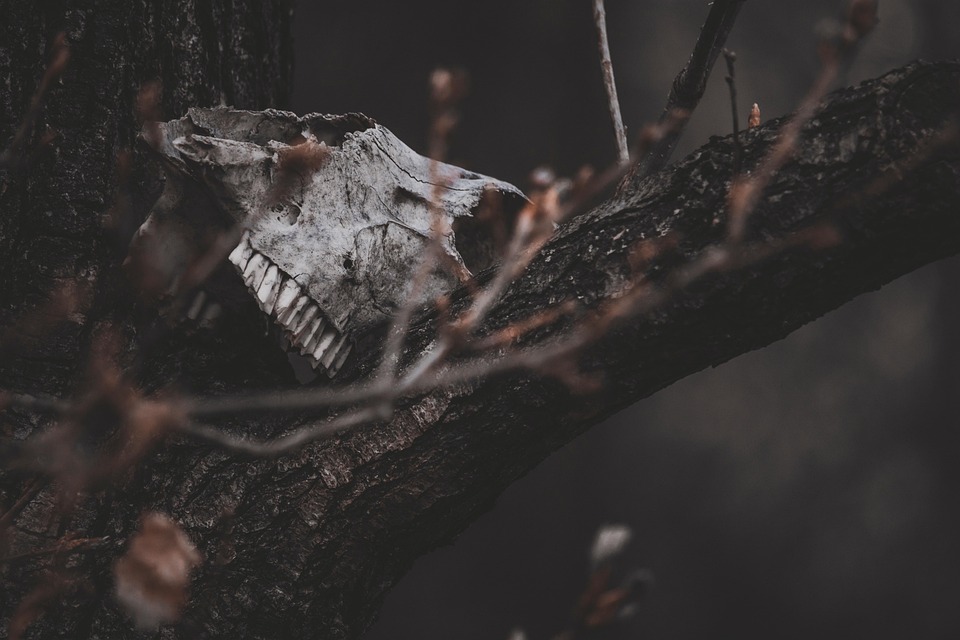Behind the Scenes: How Developers Create Scary Ambiences in Horror Games
The world of horror games is a thrilling yet terrifying experience that keeps players at the edge of their seats. Much of this emotional rollercoaster is due to the cleverly crafted ambiance that game developers meticulously design. This article delves into the behind-the-scenes techniques and tools that artists and developers utilize to create the chilling environments that send shivers down players’ spines.
1. Sound Design: The Unsung Hero
Sound design is arguably the backbone of horror game atmospheres. Ambient noises, unsettling soundscapes, and sudden auditory shocks build tension and generate fear. Developers employ:
-
Foley Effects: These are custom sounds created in the studio, capturing everything from the rustling of leaves to creaking floorboards. The authenticity of these sounds makes players feel as if they’re truly in a haunted space.
-
Dissonance and Silence: Sound is effective not just in what you hear, but also in what you don’t. Developers often employ periods of silence or low background noises to create unease, leading to a heightened sense of anticipation. The perfect timing of a sudden loud noise can jolt players, amplifying their fears.
- 3D Audio: This technology enhances the immersive experience. By using binaural audio techniques, developers can make sounds feel as though they’re coming from different directions, instilling a sense of paranoia and alerting players to potential threats lurking behind them.
2. Visual Design: Crafting the Uneasy
The visual elements of horror games play a significant role in setting a creepy tone. Developers focus on:
-
Lighting: Low lighting and shadows can transform a seemingly normal environment into something sinister. Strategic use of flickering lights, pools of darkness, and harsh contrasts can evoke fear and uncertainty.
-
Color Schemes: Colors influence emotions. Developers often use desaturated hues or stark contrasts of red and black to suggest danger or death. An unsettling color palette fosters a sense of dread.
- Environmental Details: The smallest details contribute to creating a believable and terrifying world. Developers might include eerie photographs, ominous graffiti, or unsettling relics to encourage players to explore the backstory of the game—a technique that deepens immersion and enhances suspense.
3. Narrative and Lore: Weaving Fear into the Fabric of the Game
A backstory or lore adds layers to the game’s atmosphere. It’s not just about what players can see and hear; it’s the unspoken tension built through storytelling. Developers often:
-
Integrate Found Footage: Items such as diaries, recordings, or newspaper clippings help flesh out the haunting reality of the game’s universe. Encountering these narratives makes players feel more connected to the horror they experience.
- Character Development: Players often find fear not only in their surroundings but also in the characters they encounter. Disturbing backstories or unpredictable behaviors can create a mix of empathy and horror, making the atmosphere even more intense.
4. Gameplay Mechanics: Engaging Fear
Developers also use gameplay mechanics to elicit fear from players. Techniques include:
-
Limited Resources: In many horror games, players have limited ammunition or health, heightening the stakes of encounters with enemies. This scarcity creates desperation and amplifies tension.
-
Chase Sequences: Incorporating chase scenarios where enemies pursue players adds adrenaline to the fear. The chaotic sound design and environmental interactions during these sequences create an onslaught of terror, ensuring players are fully immersed in the experience.
- Unexpected Turns: Subverting player expectations is a powerful tool. Jump scares, plot twist, and sudden changes in narrative or gameplay mechanics can instigate intense emotional reactions and reinforce the game’s horror ambiance.
5. Testing and Feedback
Lastly, the iterative nature of game development means atmosphere is often refined through playtesting. Feedback from players helps developers understand what elements truly elicit fear, allowing them to tweak sound, visuals, and mechanics for maximum impact.
Conclusion
Creating a scary ambiance in horror games is an intricate process that requires an elaborate tapestry of sound, visuals, storytelling, and gameplay mechanics. The designers and developers behind these chilling experiences work tirelessly to ensure that each element contributes to the overall sense of dread. As technology advances and player expectations grow, the methods for crafting horror continue evolving, promising even more spine-tingling adventures for players to explore. Whether it’s the subtle creak of an unseen door or the chilling howl of a distant creature, the behind-the-scenes efforts of developers ensure that horror games remain an exhilarating experience for all.



